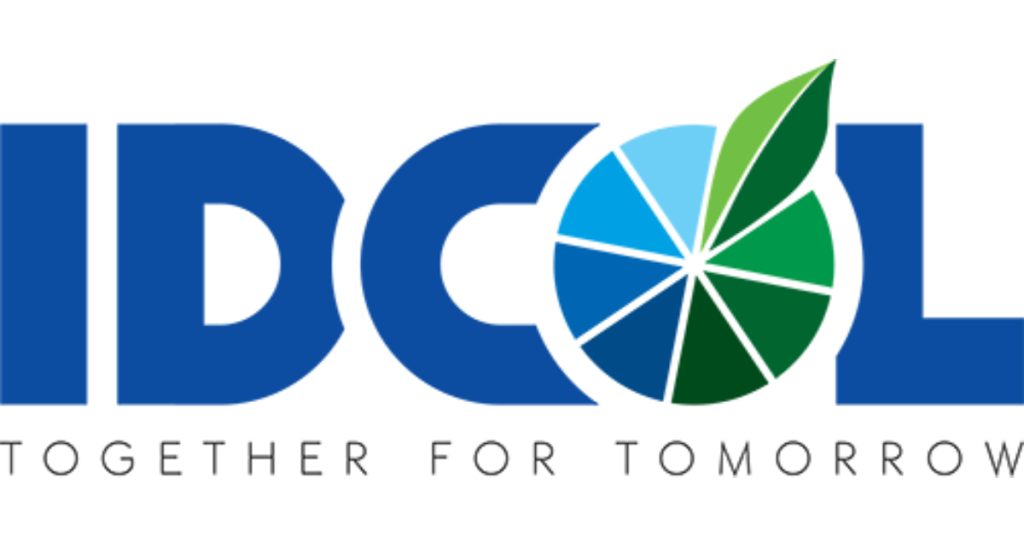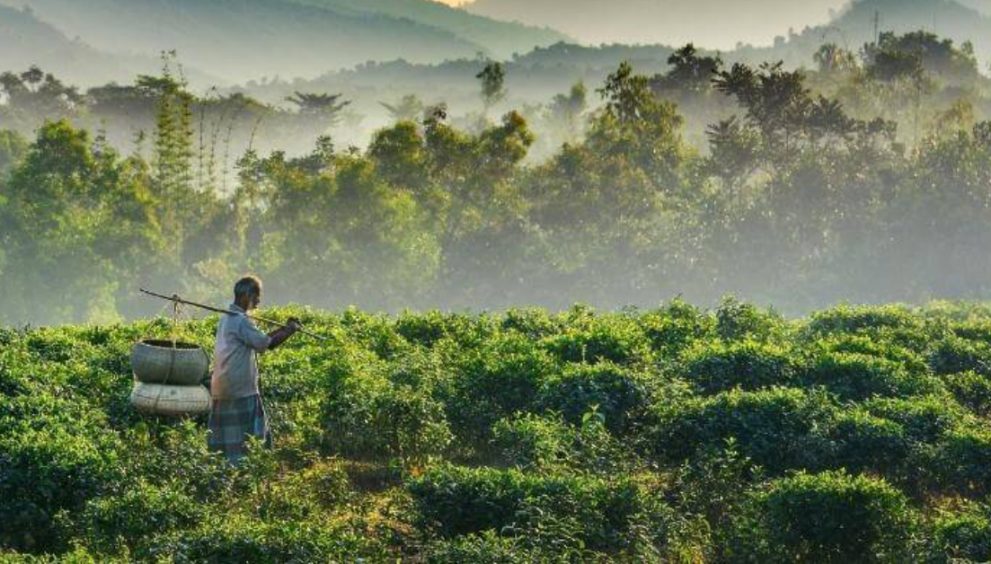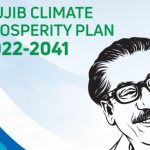What Is the Carbon Market?
Carbon markets are trading schemes designed to create financial incentives for activities that reduce or eliminate greenhouse gas (GHG) emissions. In these schemes, emissions are quantified into carbon credits that can be bought and sold. Each tradable carbon credit equals one ton of carbon dioxide or the equivalent amount of a different greenhouse gas that has been reduced, sequestered, or avoided.
These carbon credits are sought after by countries as part of their NDC (Nationally Determined Contribution) strategy, corporations with sustainability goals, and private individuals looking to offset their carbon footprint. The supply of carbon credits comes from private entities or governments that develop programs to reduce or eliminate emissions. These programs undergo certification by a third party and are registered under a carbon market standard.
For carbon markets to succeed, countries must collaborate to ensure robust carbon accounting, transparency in carbon market transactions, safeguards against human rights abuses, and other adverse societal impacts, and to combat greenwashing and the misrepresentation of carbon-neutral products and services.
Types of Carbon Markets
There are broadly two types of carbon markets: compliance and voluntary. Compliance markets are established as a result of national, regional, and/or international policy or regulatory requirements. Voluntary carbon markets, both at the national and international levels, pertain to the issuance, purchase, and sale of carbon credits voluntarily.
The current supply of voluntary carbon credits primarily comes from private entities developing carbon projects or governments that develop programs certified by carbon standards, generating emission reductions and/or removals. Demand for these credits arises from private individuals wanting to compensate for their carbon footprints, corporations with corporate sustainability targets, and other actors looking to trade credits at a higher price for profit.
The Sundarbans mangrove forest is one of the largest such forests in the world (140,000 ha). It has a wonderful huge possibility for the carbon Market.

Carbon Market in Bangladesh
A survey by the Forest Department revealed a reserve of 56 million tons of carbon in the Bangladesh portion of the Sundarbans. Experts suggest that this carbon, valued at 188.16 billion BDT, can be extracted without causing any harm to the world’s largest mangrove forest. They call for steps to collect this valuable resource.
A report from the World Bank, released on 2019 January 25, predicts that carbon prices will rise from $40 to $80 per metric ton by 2020 and increase to $100 by 2030. The Forest Department surveyed with financial and technical support from USAID, Silver Carbon, and the Food and Agriculture Organization of the United Nations (FAO). The survey was launched on December 10, 2016.
The surveyors collected information from 173 sample plots in the Sundarbans out of a total of 1,858 across Bangladesh. The study provided detailed information about forest resources, tree types, wood and fuel wood, carbon reserves, and other facilities offered by the Sundarbans. The Environment, Forests and Climate Change Ministry and the USA jointly conducted a feasibility study titled ‘Sundarbans Foreign Carbon Inventory 2009’ in 2009 before the survey.
According to the Kyoto Protocol, carbon trading allows nations that are unable to meet their reduction targets to purchase carbon credits under a unified regulatory framework. The carbon credits can be purchased from other member nations that own a GHG quota they no longer require, or new credits can be created through the financing of projects that reduce GHG emissions.
It states that any developing country that protects its forest resources and takes the initiative of reforesting decayed forests can sell carbon to developed countries, with developed countries able to purchase the amount of carbon they emit.

First-ever carbon credits
In 2023, Bangladesh earned its first-ever revenue from carbon credits. This journey began in 2006 when the Infrastructure Development Company Limited (Idcol) registered its maiden clean development mechanism project with the UNFCCC. Since then, Idcol has sold an impressive 2.53 million carbon credits, accumulating $16.25 million, equivalent to 1.7 billion BDT at current exchange rates.
Most of this remarkable carbon credit revenue came from improved cook stoves, with the remaining amount generated from solar home systems. Five brick manufacturers that adopted clean technology to halve coal consumption and produce eco-friendly bricks received nearly 30 million BDT in carbon revenue. They used Hybrid Hoffman Kilns (HHK) technology between January 2018 and March 2020, these brick-makers were able to reduce carbon dioxide emissions by 65,603 tones.
Waste Concern, an NGO based in Dhaka, works towards promoting sustainable waste management practices. Through their efforts, they established the world’s first-ever compost plant, reducing 62,200 tones of carbon and earning 2.56 million BDT. However, it is noteworthy that they did not sell any carbon credits after 2014. These earnings represent only a fraction of what Bangladesh could potentially generate from carbon credit sales.
Nevertheless, Bangladesh faces several challenges in realizing its carbon credit sales goals, including a lack of awareness and capacity among stakeholders, insufficient funding, and a shortage of skilled manpower.
Bangladeshi suppliers of ready-made garments may soon emerge as potential buyers of carbon credits, as their global clients are increasingly demanding carbon emission offsets in their factories. With the right strategies and investments, Bangladesh could soon become a significant player in the global carbon credit market.


